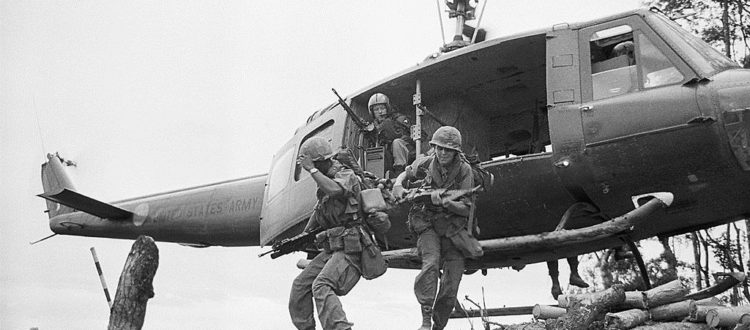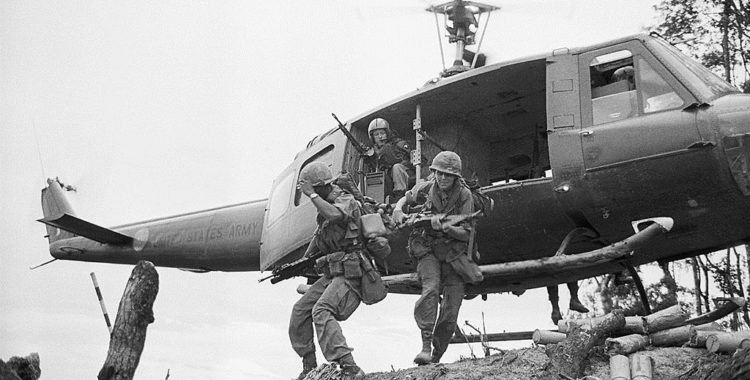ORTHOPEDIC CLAIMS AND INJURIES
Was Your Orthopedic Injury Claim Denied?
Did you receive a low rating decision on your Orthopedic Injury claim?
If you answered yes to any of these questions, then you can file an appeal but time is short!
We Fight for Those - Who Fought for Us
$186,706.29* AWARDED
Army Veteran with Service Connected Injuries
Vietnam Era Army Veteran awarded in 2017, effective 2011, for conditions of coronary artery disease with implantable cardioverter, cataracts, peripheral neuropathy (multiple extremities), & kidney disease, totaling 100% plus special monthly compensation due to housebound criteria. Multiple appeals were filed, but never needed to attend a hearing.
CALL US TODAY: 1.866.779.9990
$134,000.00* AWARDED
Army Veteran with Orthopedic Injuries
This veteran came to our office with a total service connection at only 10%. Based on only appeals, this Army combat Veteran, who served honorably during the Gulf War Era (OIF/OEF) in Iraq and Afghanistan, was granted 100% effective 2011 for PTSD, low back, and left knee in 2015.
CALL US TODAY: 1.866.779.9990
*Amounts stated are before deductions for attorney’s fees and payment of costs.
The Time to Appeal Your Claim is Limited - Act Now!
What's the Rush?
The Veterans Administration (VA) gives you Limited Time (time frames vary by case) to appeal their decision, so it is important to act fast and secure the help of an attorney or veterans representative. The Legal Team at Injured Veterans provides quality legal help for veterans and their families in all federal veteran benefits matters. Our practice involves representing veterans and their dependents in appeals of denial of benefits from the Department of Veterans Affairs.
IMPORTANT: If you suffer from a condition that is secondary to a service connected condition, you are entitled to additional compensation. It is not uncommon for symptoms of a service connected injury or illness to appear years, if not decades, after a veteran’s service has ended.

Are You Ready for Our Legal Team to Take Action?
Contact Injured Veterans toll-free at 1.866.779.9990
CLICK HERE TO CALL NOWYour Free Case Evaluation:
Changes at the VA Regarding Joint Injuries
Veteran joint injuries are an increasing problem, such as: ankle/foot injuries, hip/joint injuries, knee injuries, and shoulder injuries. Joint injuries are one of the most common injuries during military training. Ligaments can become partially or completely torn; cartilage can be injured, fractured or develop a degenerative condition; bones can break, fracture and chip; tendons can have inflammation and the patella tendon can be torn. Rough helicopter or aircraft landings, where servicemen and women are jolted to the ground from a substantial height, also contribute to thes various joint problems.
Joint problems may be caused by diseases (most commonly arthritis, a degenerative disease where the cartilage in the joint gradually wears away), injuries caused by a direct blow or sudden movement that strains the joint beyond its normal range of motion (ROM), and over-use. Unfortunately, many veterans receive low ratings for these grevious injuries due to the rating criteria being based upon World War I medical knowledge.
Recently, the VA has made some adjustments to ratings for degenerative joint diseases of the ankle, foot, hip, and knee. The term “ankylosis” is still the foundational classification, as it describes the mobility of an impaired joint. The VA uses this classification for most disabilities affecting joints, which will result in ratings no higher than 30%.
The following conditions, symptoms and examples of the knee and lower leg are listed on the Department of Veterans Affairs (VA) Disability Benefits Questionnaire:
- Ankylosis of the Knee
- Functional Limitations
- Knee Cartilage Problems
- Knee Instability
- Locked Knee
- Menius Lesions
- Subluxation of the Knee


Orthopedic Injuries & Claims
If your claim was denied outright or if you received a low rating that you do not agree with, regardless if it was a Secondary Condition, then Injured Veterans is here to help you. We represent veterans nationwide and our law firm, Gordon & Partners, P.A., has a comprehensive legal team standing by to take your call.
Contact Injured Veterans toll-free at 1.866.779.9990
CLICK HERE TO CALL NOW
